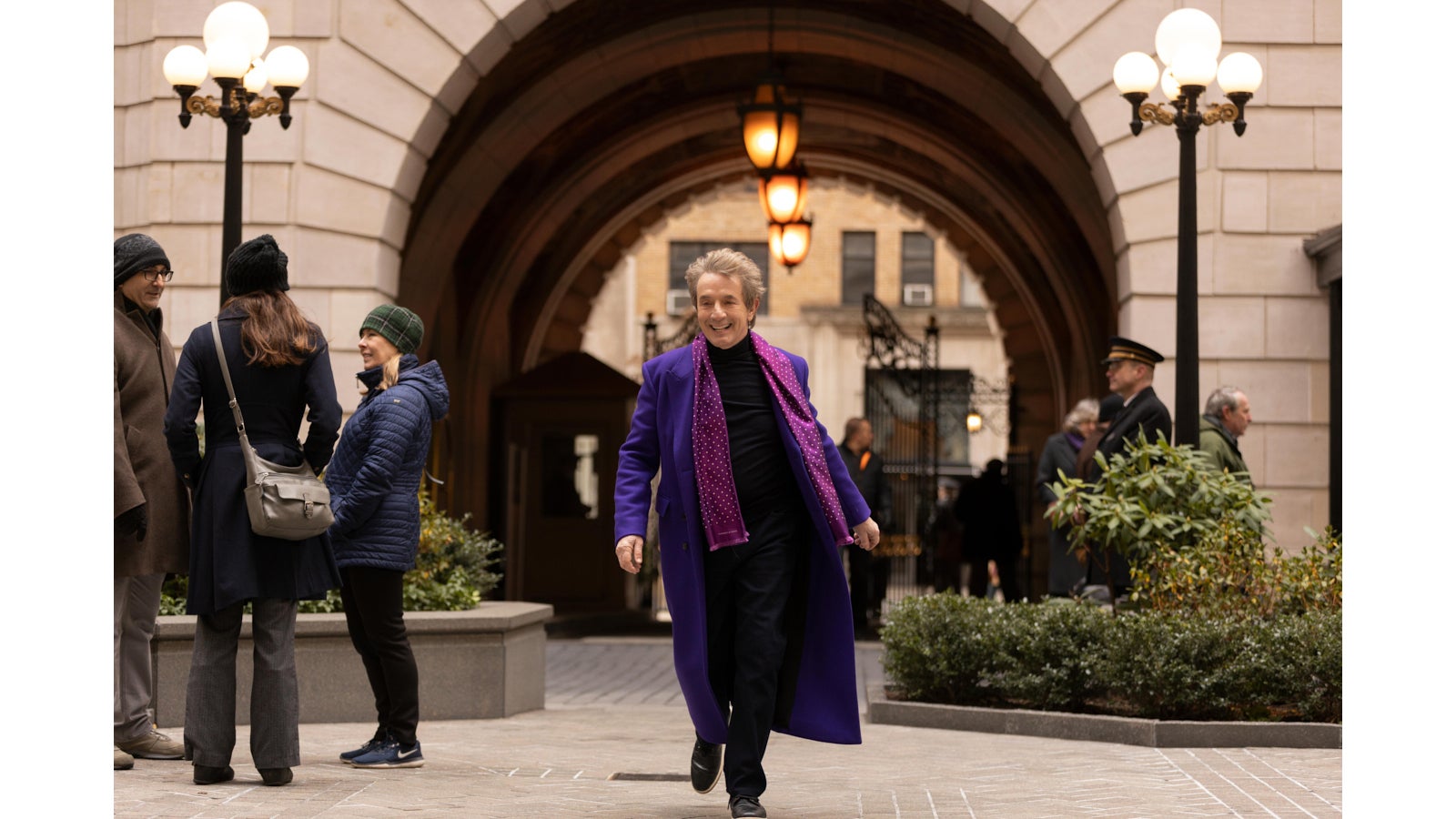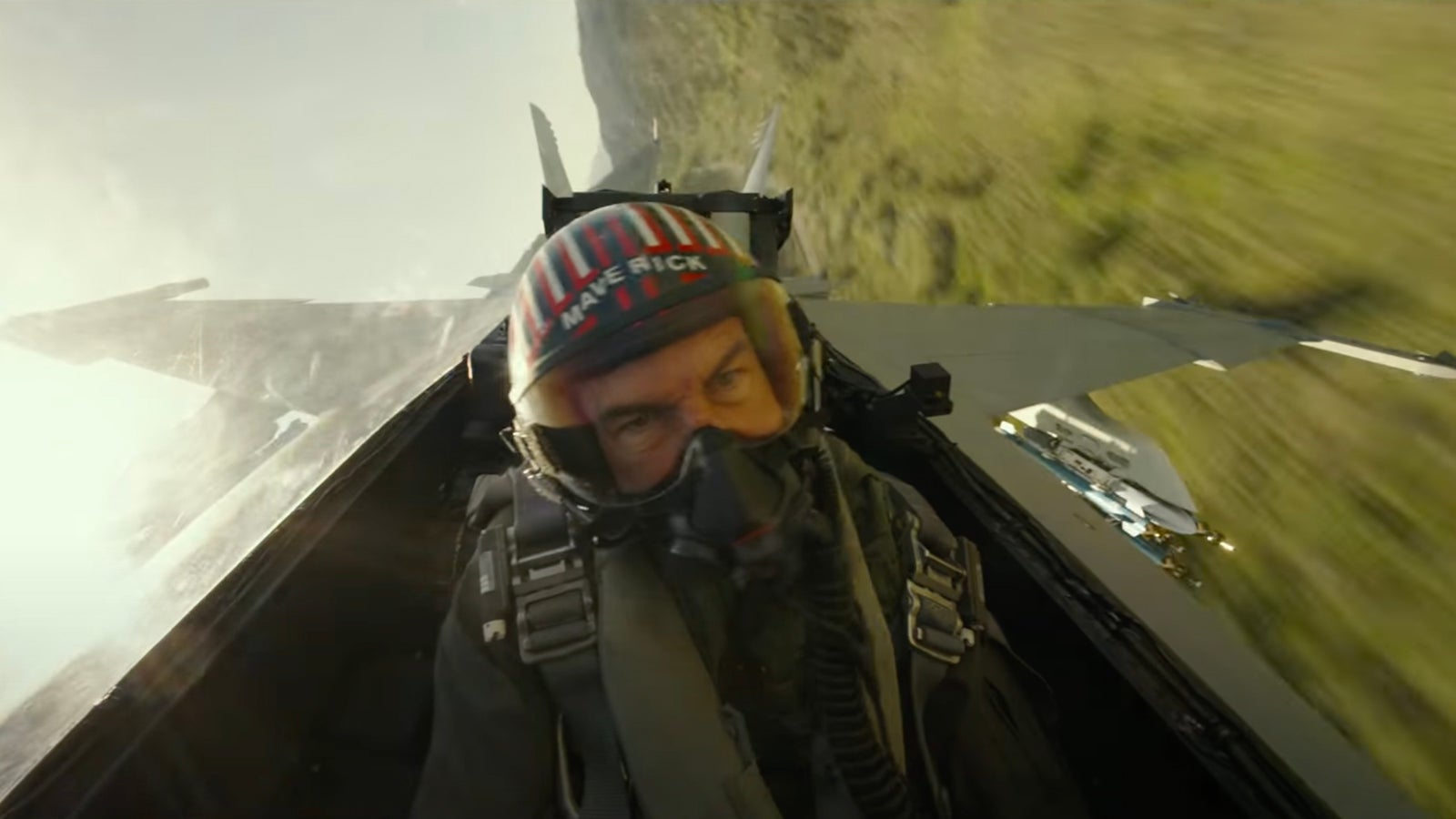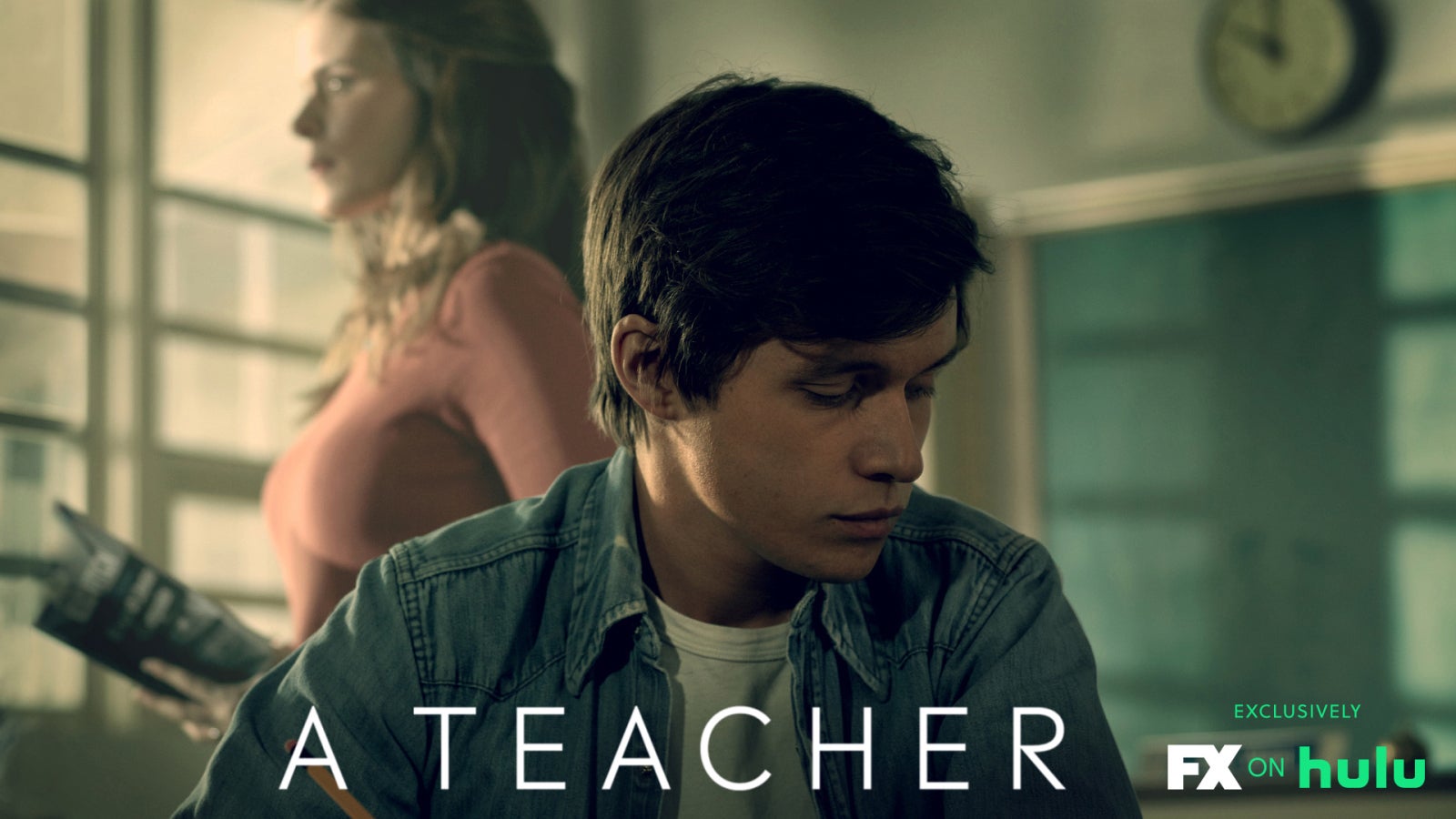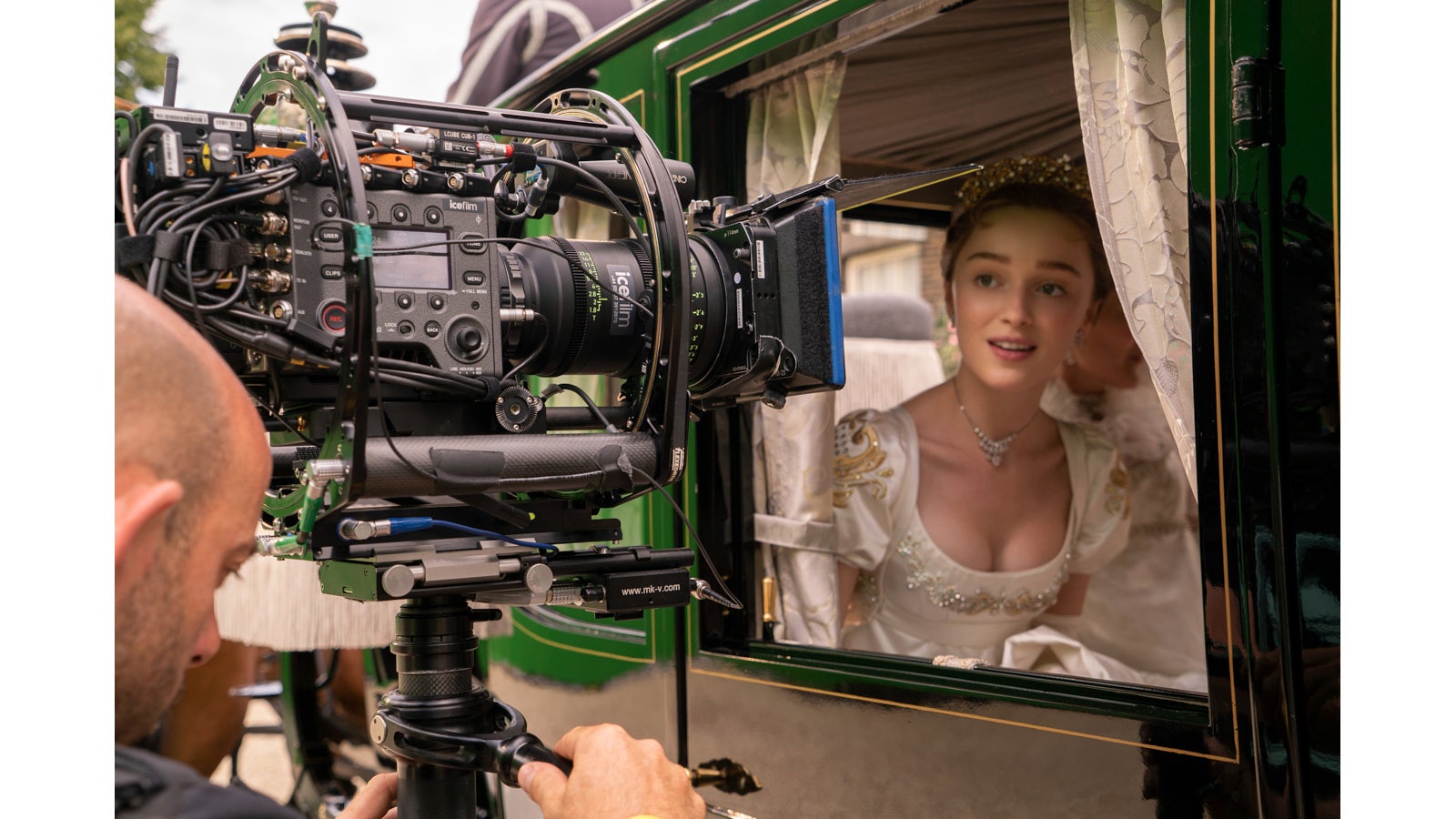
08-11-2021 - Case Study, Gear, Technology
Only Murders in the Building - a HULU Series Shot By Chris Teague on VENICE
By: Seth Emmons
Only Murders in the Building is a 10 episode, half-hour series for Hulu that blends murder mystery and comedy as three strangers with a passion for true crime (Steve Martin, Martin Short, and Selena Gomez) unravel clues about their neighbors in a race to solve a real-life murder in their Upper West Side New York apartment building. Cinematographer Chris Teague shot all ten episodes of this original series created by Steve Martin and John Hoffman.
Determining the Look
When it came time to plan my camera package for the Hulu series Only Murders in the Building I pulled from my experience on two recent projects. The first was the Hulu miniseries Mrs. America for which I shot three episodes. Cinematographer Jessica Lee Gagne, who set the look of the show, had chosen the Sony VENICE camera and I was happy with how it performed. The camera renders skin tones and bright highlights in a very pleasing way. I also liked the malleability of the camera’s color profile. We achieved quite a distinctive look on Mrs. America, and I felt that we could also push the look in a distinctive new direction on Only Murders in the Building.
When I shot skin tone tests with the VENICE, the variety of skin tones all felt as though they had a wide gamut of color within them. I sometimes feel with digital cameras that skin can start to look a bit flat and monochromatic when adding a film emulation LUT and pushing the image around in terms of exposure. I haven’t found this to be the case with the VENICE.
For lenses, I looked back to my experience using the Leitz Summilux-C lenses on the Netflix series Russian Doll. I loved to shoot wide open with them because the characters would jump off the screen with an almost three dimensional quality. I knew I wanted to shoot this project in full frame format and would need lenses to match. The Leitz Primes full frame lenses had the look I wanted to make this project pop, and when Erik Schietinger at NY-based rental house TCS told me that the Leitz Zooms would also be available to pair with the Primes, I knew I’d have a complete set of glass. Working quickly would be essential on this production and if we could spend most of our time on the Zooms then we could avoid downtime with lens changes.
I like full frame as a format because I can achieve a shallower depth of field relative to Super 35 when doing medium or wide shots. This can be particularly helpful on stages when window backdrops can look quite fake if they’re too sharp. When using lightweight zooms on previous Super 35 projects I’ve always missed some of the focus fall off at medium and wider focal lengths, but with the Leitz Zooms at full frame I knew I could still get a nice, shallow look at T2.8.
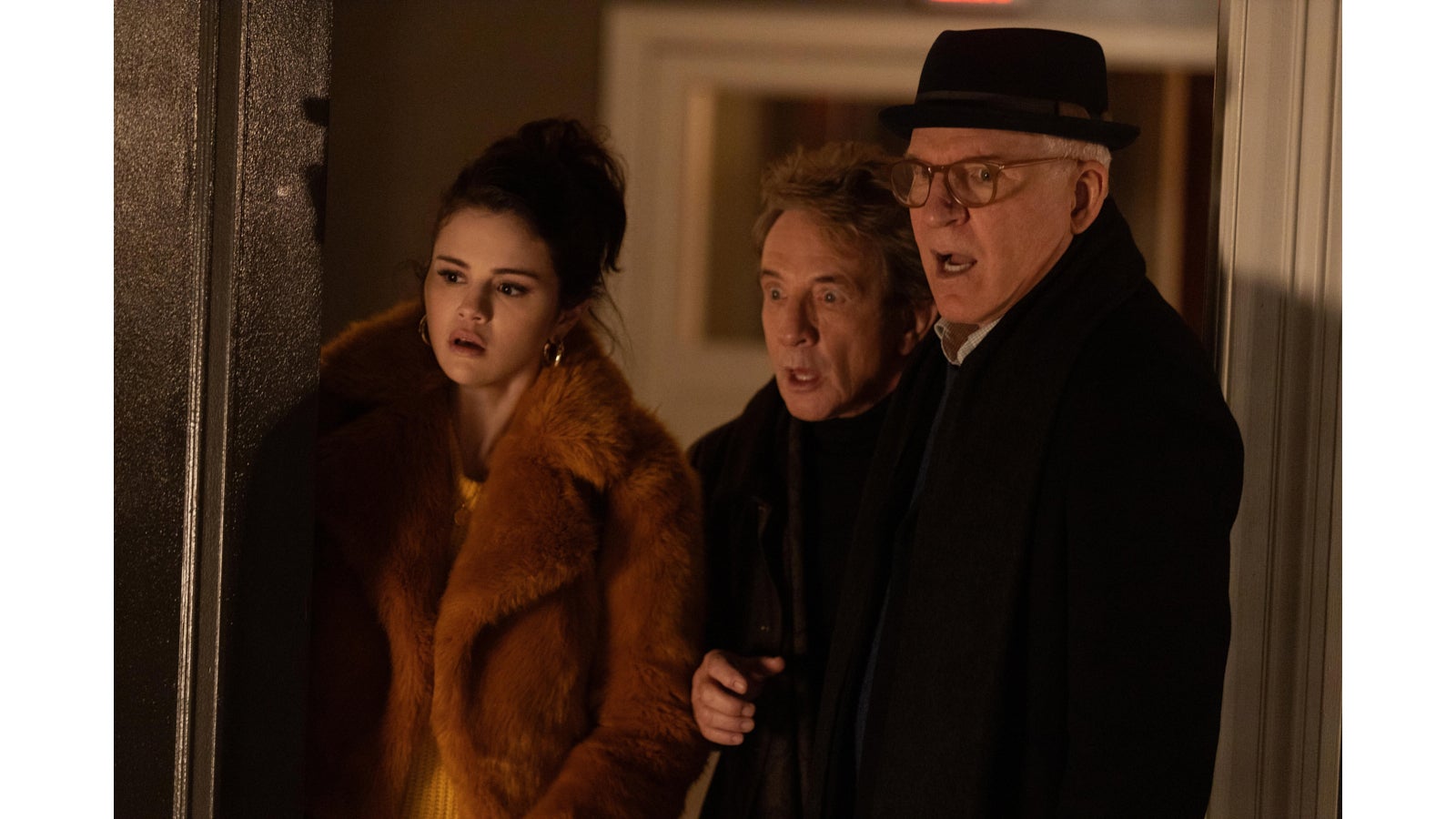
Influences
Early in development showrunner John Hoffman and executive producer/director Jamie Babbitt clued into film noir and Alfred Hitchcock’s early color films as something to nod to. Rear Window in particular has a lot of thematic similarity with this show: people watching each other, peeking into other people's lives, and thinking they see something that may or may not be there.
From a cinematography perspective, the low angles and wide angle photography in Orson Welles’ films like Touch of Evil excited us, while the classic color palette of Hitchock films like Rear Window were also a strong influence. We knew we wanted to work in that world and use some of those elements, but without it being too extreme or feeling like mimicry. One of the ways those references impacted our approach was deciding early on that all the sets would have hard ceilings so we could get those low angle and wide shots. The Rialto Extension System for the Sony VENICE came in handy when we were in tight locations or small rooms where it would have been time consuming or impractical to pull out walls.
We did a lot of work with production designer Curt Beech and his team to be really insync with practical lighting fixtures, where they were placed, and the wall colors and how they would affect the shaping of light. We are very lucky to have such small, lightweight LED lighting sources that can easily and quickly be rigged in tight spaces with a wide range of color available at the touch of a button. They offer so much freedom to work on a stage where there is no grid to drop a light down from.
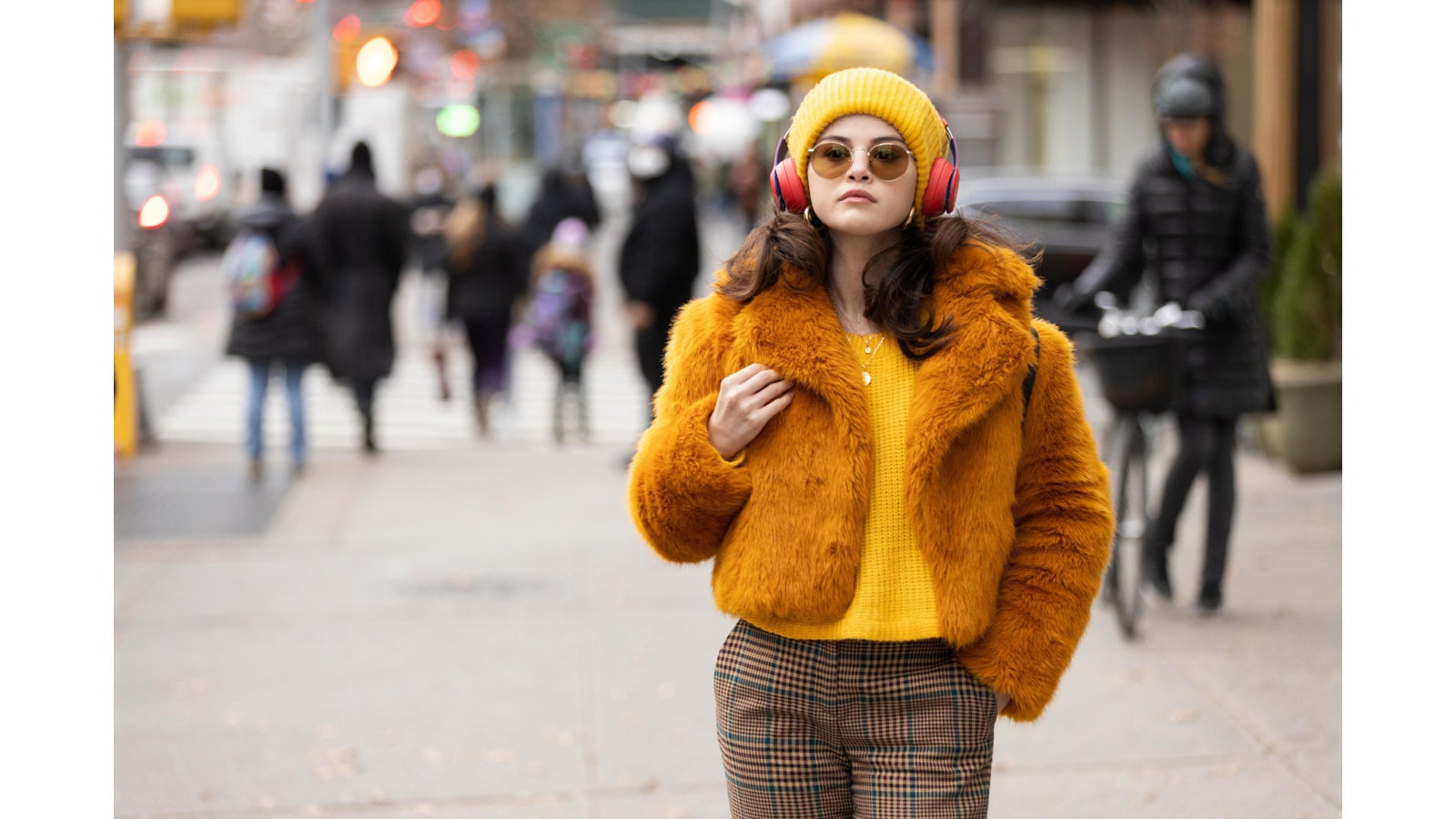
Visual Language
When paired with the Sony VENICE sensor, the Leitz lenses don’t feel modern in any way that feels too crisp or harsh or pinpoint sharp. It’s the rolloff around the characters’ faces that gives them a rounded, attractive quality and makes the actors look great. You know it when you see it.
We shot about 60% of the series on the Leitz Zoom lenses, but I did go to the Leitz Primes when we had time and would do a 2-shot or wides. My favorite was a head-to-toe type of shot where the character would pop out of the frame because of their great focus falloff. Often in television work you tend toward the telephoto for close ups. We would often go between 50mm and 75mm for close ups, but I loved the look of a medium-close single on a 40mm and we would go for that when possible and appropriate for the story. Occasionally we switched the VENICE to 4K S35 sensor mode if we were on a long lens and needed more depth of field. The 4K footage cut together seamlessly with the 6K footage.
One departure from the show’s visual style was a later episode where we had a character who was deaf and we created an entirely different language for how he sees the world. For his moments of keen observation we were on long lenses seeing the world through his eyes and then we would use wide lenses close on his face for his reactions. I went with the 25mm the most, sometimes the 21mm. The huge field of view felt special and right for that character, but it only worked because the lenses didn’t distort the image. I don’t want the wide focal length of the lens to be the first thing the viewer thinks about when they cut to that shot.
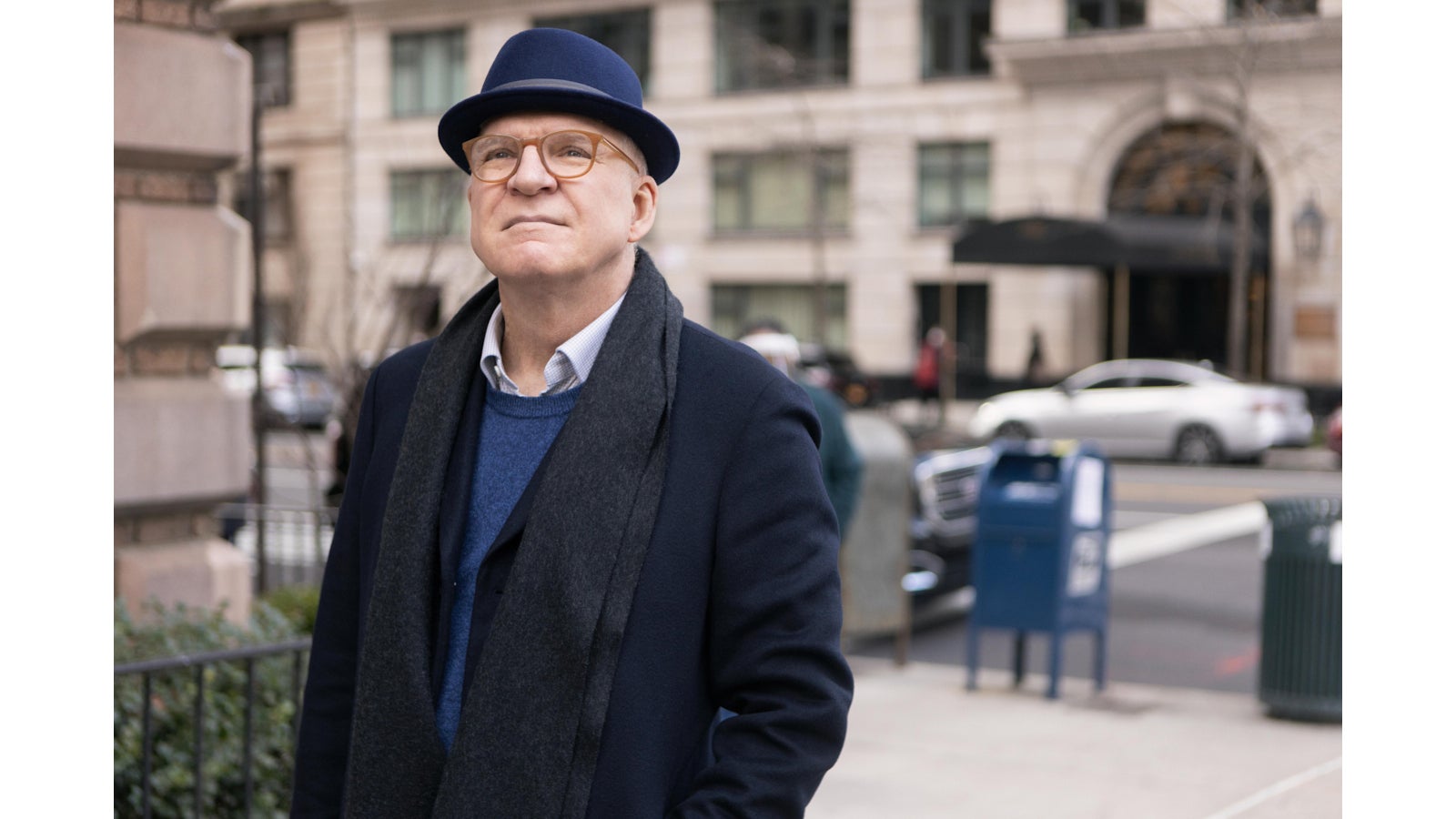
Lighting Less, Controlling More
We worked with a variety of LED sources including LiteGear LiteMats, ARRI SkyPanels, Astera Helios and Titan Tubes, and the Creamsource Vortex8, which is relatively lightweight with a lot of output. I’m excited for more LED fresnels or spot units. We did use some classic fresnels so we could sneak in some hard light to create hard edges, shadows on the wall, and backlight.
Earlier in this era of digital cinematography I used to be more anxious about highlights blowing out and worked harder to control them. My thinking changed on Mrs. America and now I feel that in some situations a little bit of blowout is not a bad thing. Jessica Lee Gagne has a great eye and on that series she was comfortable with letting some highlights go. I got into the look of the show and realized that if you embrace that approach you can work more freely with practicals and natural light.
There were certainly a few shots on Only Murders in the Building where I was impressed by how much highlight detail we were able to hold, either in skies or outside windows. Retaining highlights in digital cameras is a tricky game - if you push it too far your highlights feel dead, gray, and unnatural. But the Sony VENICE camera and the X-OCN ST recording codec offered a lot of wiggle room to bring highlights down.
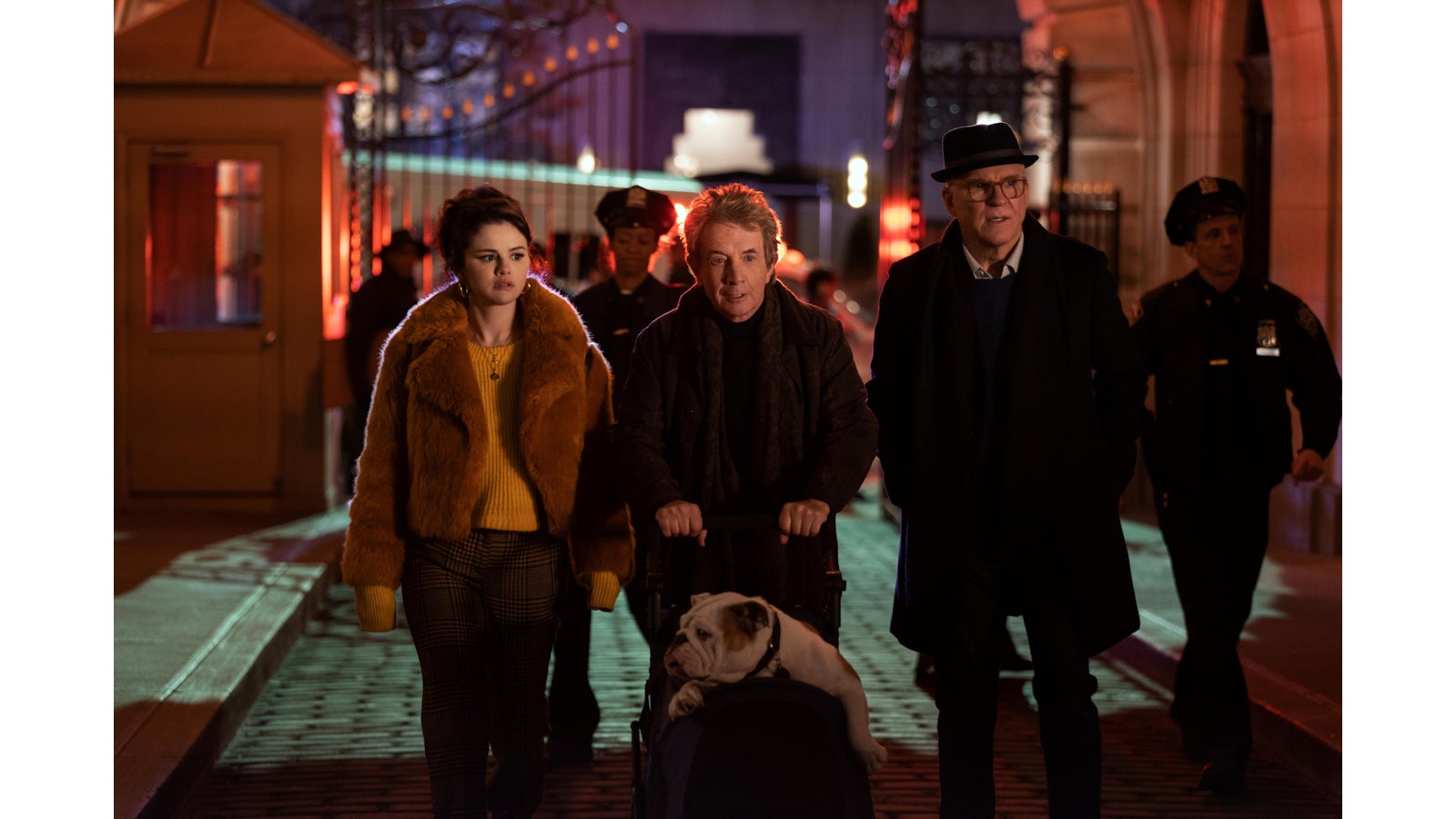
In some situations I would dim up lamps so the lampshade is nearly clipping and thanks to the dynamic range of the VENICE if it felt distracting in the grade I could tone down the brightness of the shade but still utilize the light it throws. We kept a close eye on how we exposed the camera and had a surprising amount of control in balancing midtone, shadow, and highlight in situations where I had less control - particularly the streets of Manhattan, where one side of the street is often in full shade while the other can be in blinding sun.
We rated the Venice at 2500 base ISO and shot at 2500 for both the lighting advantages and the look. I don’t love a super clean image so I felt that the negligible noise at 2500 wouldn’t be an issue. Plus, we will typically add a subtle layer of film grain in the grade. The high ISO allowed us to wear an internal ND .6 on the set and easily stop down for focus when needed. I prefer the internal NDs because they can be changed instantly. Pulling a mattebox filter may only take 30 seconds, but in that 30 seconds someone is going to jump into the set, and then 30 seconds becomes 2 minutes or 5 minutes and the creative flow can be disrupted.
Only Murders in the Building premieres on Hulu on August 31, 2021.
